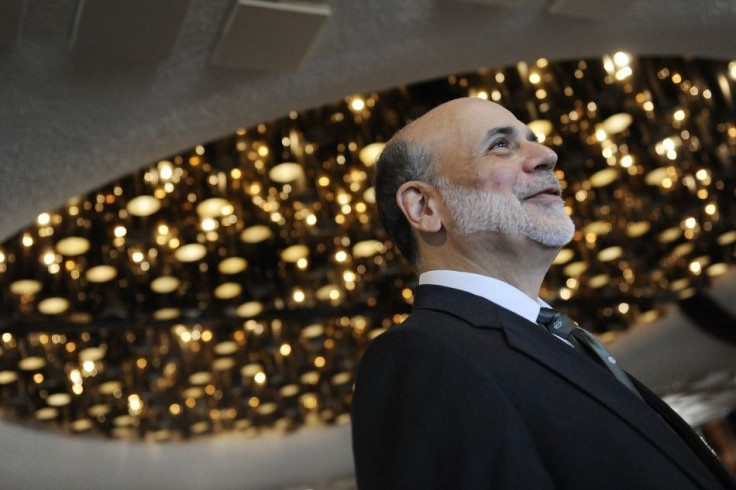TIPS Yields Negative, A Record Low, On Inflation View, Fed Action

Yields on 10-year inflation-linked Treasury bonds fell into negative territory Thursday -- only the second time that has happened -- ona flight to quality in U.S. notes, a belief that inflation will begin rising and the seemingly heady effect of the Federal Reserve's Operation Twist.
Yields on 10-year Treasury Inflation Protected Securities, or TIPS, fell Thursday into negative 0.089 percent, a historical low, and only the second time that has happened. A negative yield is possible for these types of bonds, which are indexed so that the value of the principal rises with inflation, if investors believe inflation rates will exceed the yield being offered on nominal non-indexed bonds.
Market analysts said just such a dynamic was at play, with strong interest attributed to increased expectations for inflation. The auction saw the spread between the yield on TIPS and nominal 10-year Treasurys rise as high as 2.49 percent. That figure, called the breakeven rate, represents Wall Street's collective expectation for inflation over the next four years.
"We are continuing to see inflation expectations gather steam," Aaron Kohli, an interest rate analyst at BNP Paribas, told Bloomberg News. "With energy prices running hot, the market has priced in inflation over the next 10 years."
But there were other factors at work, too.
Interest was robust, something market observers have noted as resulting from a "flight to quality," as investors rebalance their portfolio of government securities, dumping European sovereigns and loading up on U.S. debt. The bid-to-cover ratio, a financial metric that measures how much interest there is in a security being auctioned, was 2.81, higher than the 2.74 average seen in the last six sales.
Intense interest from domestic brokers, who purchased over 50 percent more in bonds than they have the previous six auctions, and international investors, whose interest increased by over 10 percent, drove that spike. Primary dealers, the 21 large financial institutions that act as market-makers for the U.S. Treasury and make up the rest of the demand profile, took home the lowest take ever in an auction for 10-year TIPS.
Other analysts noted the recent actions of the Federal Reserve were also likely reflected in the event. The Fed recently announced it would continue its strategy of redistributing the bank's balance sheet towards longer-dated securities -- a strategy known colloquially as Operation Twist. Such actions put downward pressure on the reference 10-year U.S. Treasury bond, and other securities linked to that note, like TIPS.
"We think this move wider in breakevens is more likely related to positioning in the nominal market than it is to fundamentals," Michael Pond, an interest-rate strategist at Barclays Capital, wrote in a note to clients, further suggesting the soaring interest in TIPS "is likely overdone."
Noting his model calls for a "fair-value" breakeven rate of between 2.35 and 2.45 percent, Pond did acknowledge that since the "Fed's near-term focus remains on the unemployment side of the mandate," the emphasis "should continue to be supportive of inflation expectations and may lead to a rise in inflation risk premium as the unemployment rate declines."
© Copyright IBTimes 2024. All rights reserved.











